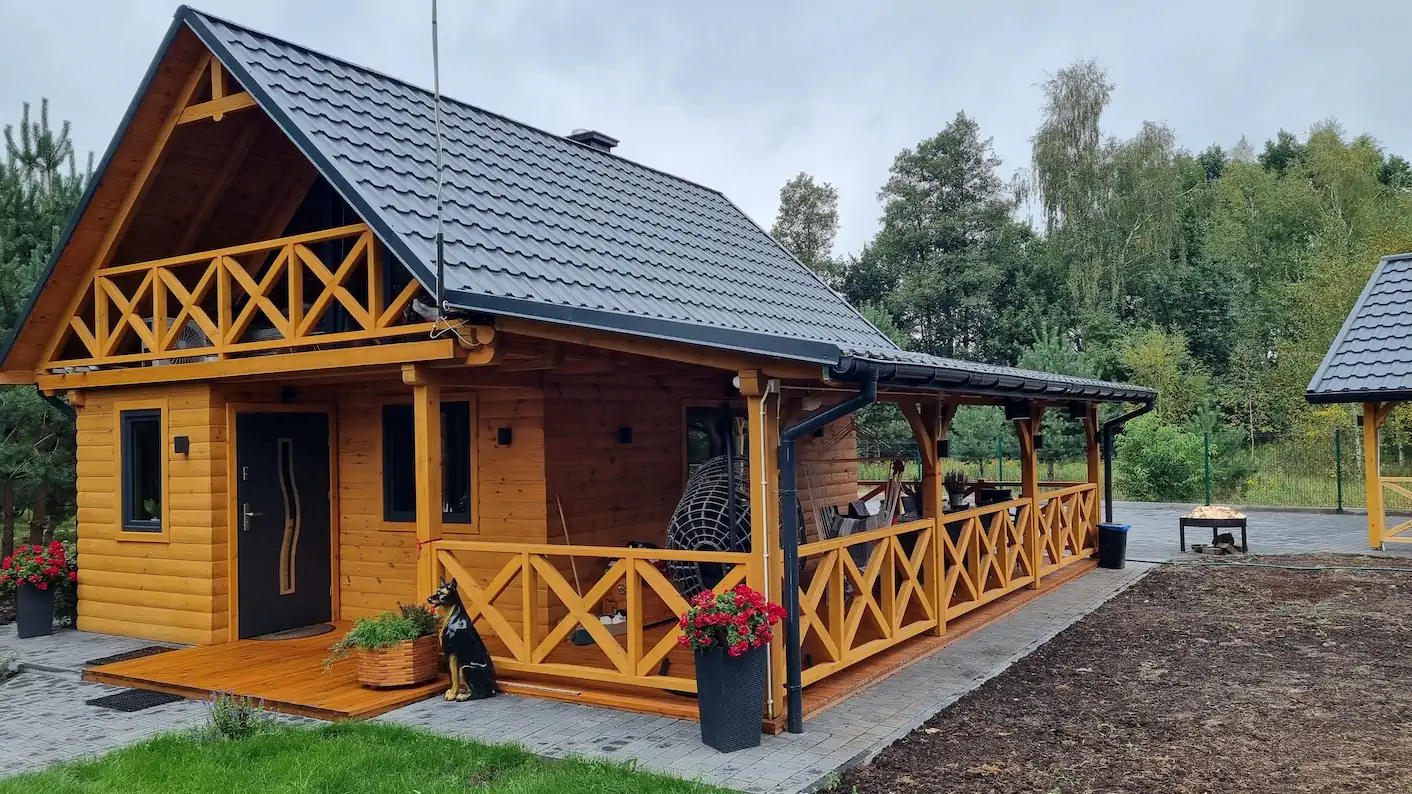Ultimate Guide to Insulating Your Garden Log Cabin for Year‑Round Use

Ultimate Guide to Insulating Your Garden Log Cabin for Year‑Round Use
More UK homeowners are investing in garden log cabins — whether for home offices, gyms or guest rooms — but insulation is what makes them usable all year. Without it, cabins can overheat in summer and feel damp or cold in winter. This guide explains practical steps and UK‑specific tips for creating a comfortable, energy‑efficient space.
Step 1: Choose the Right Insulation Material
Mineral wool is cost‑effective, fire‑resistant and widely available. Rigid PIR boards offer excellent thermal performance in thin layers, ideal when space is tight. Cellulose (recycled paper) is eco‑friendly and regulates moisture well. Compare options in terms of U‑values and sustainability — see advice from Energy Saving Trust.
Step 2: Insulate Walls and Roof
Most heat escapes through the roof. Fit insulation between rafters with an added vapour barrier to prevent condensation. For walls, use breathable membranes with taped joints to reduce air leakage. In the UK climate, good detailing prevents mould growth and improves long‑term durability.
Step 3: Seal Doors and Windows
Install double‑glazed windows and insulated external doors. Use expanding foam or tape to close gaps around frames. Even small draughts can cause major heat loss. Guidance is available in Approved Document L.
Step 4: Floor Insulation
Cabin floors often sit above cold ground. Lay rigid insulation (e.g. XPS or PIR) beneath the floor or between joists, and include a damp‑proof membrane. This not only improves comfort but also extends the life of the structure by keeping timber dry.
Step 5: Ventilation & Heating
A well‑insulated cabin must also breathe. Fit trickle vents or a simple MVHR (mechanical ventilation with heat recovery) unit to avoid stale air and condensation. For heating, small electric radiators or infrared panels are usually sufficient thanks to reduced heat demand.
Conclusion
By combining proper insulation, airtight detailing and controlled ventilation, a garden log cabin can be transformed into a year‑round living space. Whether it’s a home office in Manchester or a guest room in Kent, the investment pays off in comfort, reduced energy bills and added property value.
